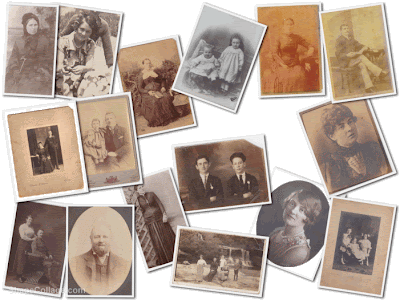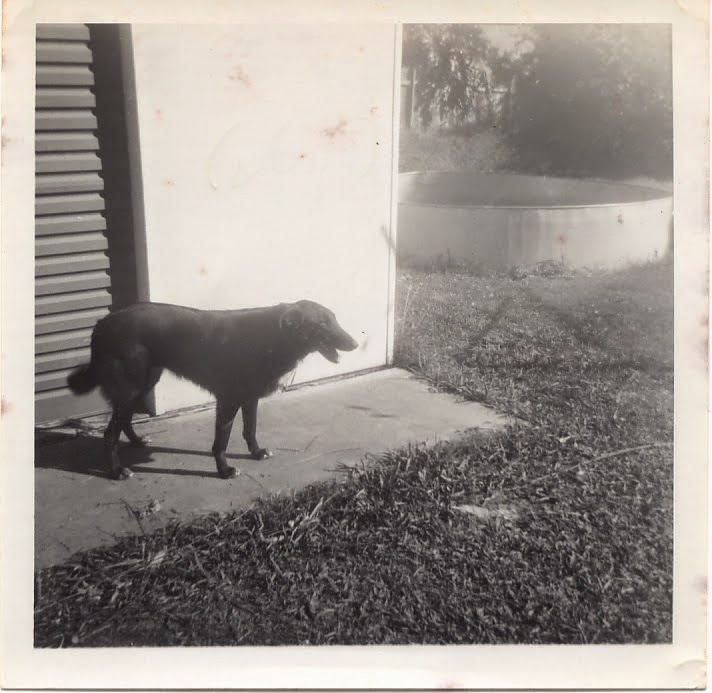This blog was inspired by a recent post from Jill Ball: From the archives: A dog's Christmas
Every year at this time of year, I add key dates from my old diary into my new diary. Although I love technology, I still like to have an A5 printed diary to guide me through the year. Somehow, it's reassuring to be able to see a week at a glance and to be able to flick through a few weeks to get an overview of what the month ahead brings.
When I was updating my 2015 diary a few days ago, I realised that the birthdays and anniversaries I remember each year included humans and dogs.
So, here is a blog post that remembers some of our precious family members from days gone by. Just as we miss those human family members who are no longer on earth, we also miss the animal members of our family a lot at this time of the year.
Coco and Panda were a pair of beloved dogs who were born, grew up, lived and died in Perth, Western Australia. They loved, lived, enjoyed and annoyed each other throughout their long lives of 17 years each, give or take a few months. Panda was born in November 1989 and Coco was born in December 1989. We met at the Swan Animal Haven at Guildford, a suburb in Perth, in June-Julyish 1990 and it was love at first sight. They got into all sorts of mischief in their lives but had a ball doing so.
Panda died on 15 February 2006. Coco had a few months with us on her own, as a sole dog, and died on 12 December 2006.
Every year at this time of year, I add key dates from my old diary into my new diary. Although I love technology, I still like to have an A5 printed diary to guide me through the year. Somehow, it's reassuring to be able to see a week at a glance and to be able to flick through a few weeks to get an overview of what the month ahead brings.
When I was updating my 2015 diary a few days ago, I realised that the birthdays and anniversaries I remember each year included humans and dogs.
So, here is a blog post that remembers some of our precious family members from days gone by. Just as we miss those human family members who are no longer on earth, we also miss the animal members of our family a lot at this time of the year.
Coco and Panda
Coco and Panda were a pair of beloved dogs who were born, grew up, lived and died in Perth, Western Australia. They loved, lived, enjoyed and annoyed each other throughout their long lives of 17 years each, give or take a few months. Panda was born in November 1989 and Coco was born in December 1989. We met at the Swan Animal Haven at Guildford, a suburb in Perth, in June-Julyish 1990 and it was love at first sight. They got into all sorts of mischief in their lives but had a ball doing so.
Panda died on 15 February 2006. Coco had a few months with us on her own, as a sole dog, and died on 12 December 2006.
Always ready to chase a ball
Bushwalking in the Perth hills
Relaxing at home
Always looking forward to a game and a bit of fun.
Panda celebrating Christmas
Coco celebrating Christmas
In later years, getting old but still loved getting into the car for a drive.
Duke
Known as the dog who my Mother labelled as having "no faults", Duke was brought into our family by my brother from unknown origins. Although not-so-pretty to look at from the back or the front, he was a dog with one of the sweetest natures I've ever met. Despite the reputation of his breed, he was actually scared of other dogs and would cry and want to cross the road if we took him on a walk past a house with another dog behind the fence.
Cindy
Way back in the 1970s, Cindy came into our childhood lives at North Ryde. Her parents were local dogs - her mother was Pandora, a lovely lively Collie dog who lived near us, and her father, Marcus, was another neighbourhood character, a labrador who used to wander the streets when he felt like it.
We loved Cindy like crazy, she was part of our daily lives and has become a central part of our childhood memories. We mourned her terribly when she died on 10 July 1984.




































.JPG)
.JPG)
.JPG)
.JPG)
.JPG)
.JPG)
.JPG)
.JPG)
.JPG)
.JPG)
.JPG)
.JPG)
.JPG)
.JPG)
.JPG)
.JPG)
.JPG)
.JPG)
.JPG)
.JPG)
.JPG)
.JPG)
.JPG)
.JPG)
.JPG)
.JPG)
.JPG)









